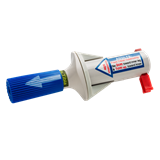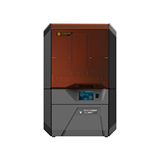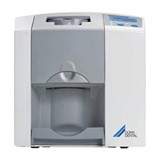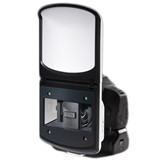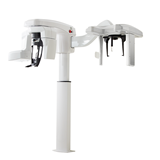The group worked with a Sydney neurosurgeon to create the new 3D printing technique that enables clinicians to produce a patient-matched implant in a matter of days rather than several weeks.
Rapid templating
Project supervisor Dr Phillip Boughton said: "Serious head trauma can lead to significant loss of skull bone. The current procedure requires a surgeon to stretch and stitch excess skin around the wound and wait until a suitable implant can be produced."
"Our new rapid templating method makes it possible to generate patient-matched, safe, sterile cranioplasty implants using polymer-based bone cement within days of receiving a patient scans."
The rapid templating craniosplasty technique is not only faster but also significantly cheaper than current methods used to match a patient's anatomy says Annabelle Chan, PhD researcher on the project.
"Cranioplasty implants widely used to reconstruct smashed bone include titanium meshes and 3D printed parts or bone cement moulded by hand. They can cost as much as five thousand dollars.
Downsides of existing implants
The biomedical engineers worked with Dr James Van Gelder lead neurosurgeon at Liverpool Hospital.
"Existing 3D printed implants are weaker; they are also associated with a higher risk for contamination that can lead to infection or inflammation," Dr Van Gelder said.
"I was particularly interested in working with biomedical engineers to create implants for individual patients. Implants that could be customised based on radiology and my specific requirements for the patient.
"Anatomical matching of patient's skull bone is important for improving a patient's quality of life post-operation.
"With this new technique we are able to create a sterile template of the patients damaged region, then in a sterile environment apply bio-compatible polymer bone cement to that patient's specific template to produce their personalised implant."
The pioneering technique has successfully been used on several patients.
The team of biomedical researchers responsible of the rapid templating craniosplasty also includes David Shen, and Jeremy Kwarcinski.
"We've had some great initial clinical success for cranioplasty and the next steps will be to help regenerate bone and cartilage via our rapid templated scaffold implant systems," Kwarcinski said.


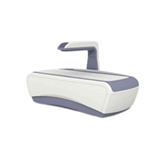



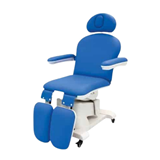
-160x160-state_article-rel-cat.jpg)

